Bee A Winner and win free plants from Monrovia Nursery. Just click on the following image and it will take you to the entry page

Are you looking for the perfect bloom for morning exposure in your landscape? Why not try a hydrangea from Monrovia’s Seaside Serenade ® Collection. With over a dozen color and size options there is a hydrangea for almost anyone.
Here are some of the varieties we carry.
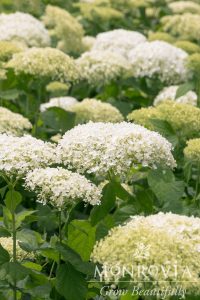
Hydrangea Seaside Serenade Bar Harbor
Photo courtesy of Monrovia Nursery
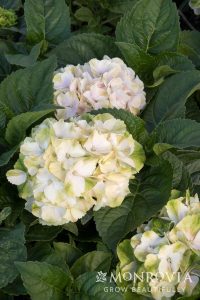
Hydrangea Seaside Serenade Cape Lookout
Photo courtesy of Monrovia Nursery
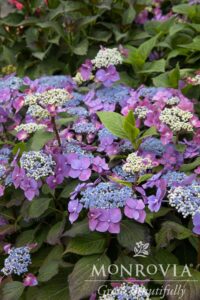
Hydrangea Seaside Serenade Cape May
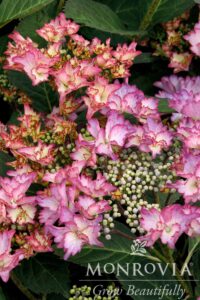
Hydrangea Seaside Serenade Crystal Cove
Photo courtesy of Monrovia Nursery
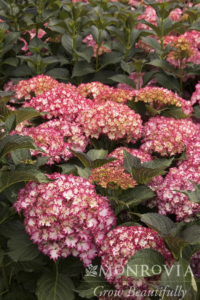
Seaside Fire Island Hydrangea
Photo courtesy of Monrovia Nursery
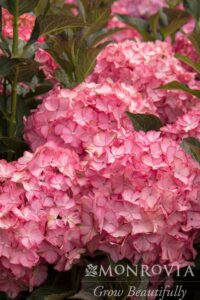
Hydrangea Seaside Serenade Hamptons
Photo courtesy of Monrovia Nursery
Seaside Serenade Martha’s Vineyard
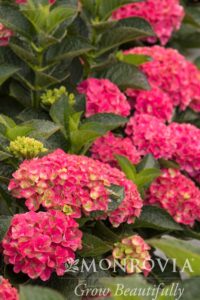
Hydrangea Seaside Serenade Martha’s Vineyard
Photo courtesy of Monrovia Nursery
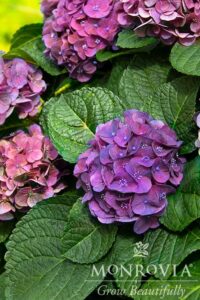
Hydrangea Seaside Serenade Newport
If you are not a peony lover, then have you read about the Itoh Peony? If so, you know it is expensive. However, when you consider that peonies can live for 100 years, and the Itoh produces 50 to 100 blossoms a season, they really are quite cheap and well worth the initial investment. Stop in today as we have quite a few colors of the Itoh peony in stock along with the original peony plants. Read the attached article and you may just change your mind about becoming a peony lover.
https://www.monrovia.com/be-inspired/peony-care-guide.html
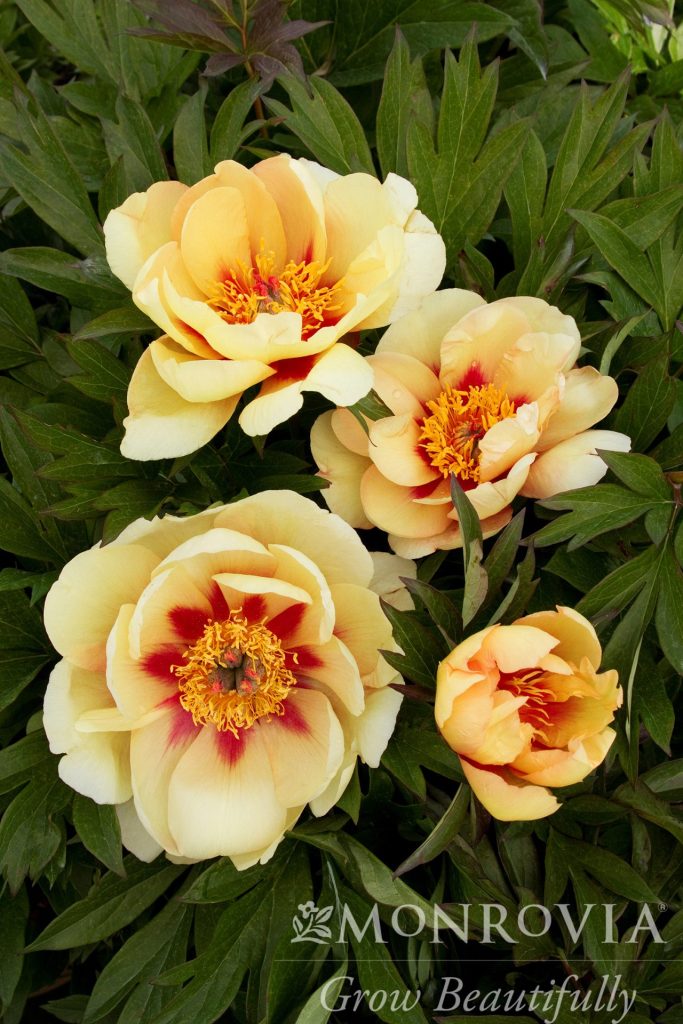
Paeonia Itoh Misaka peony
Photo courtesy of Monrovia Nursery
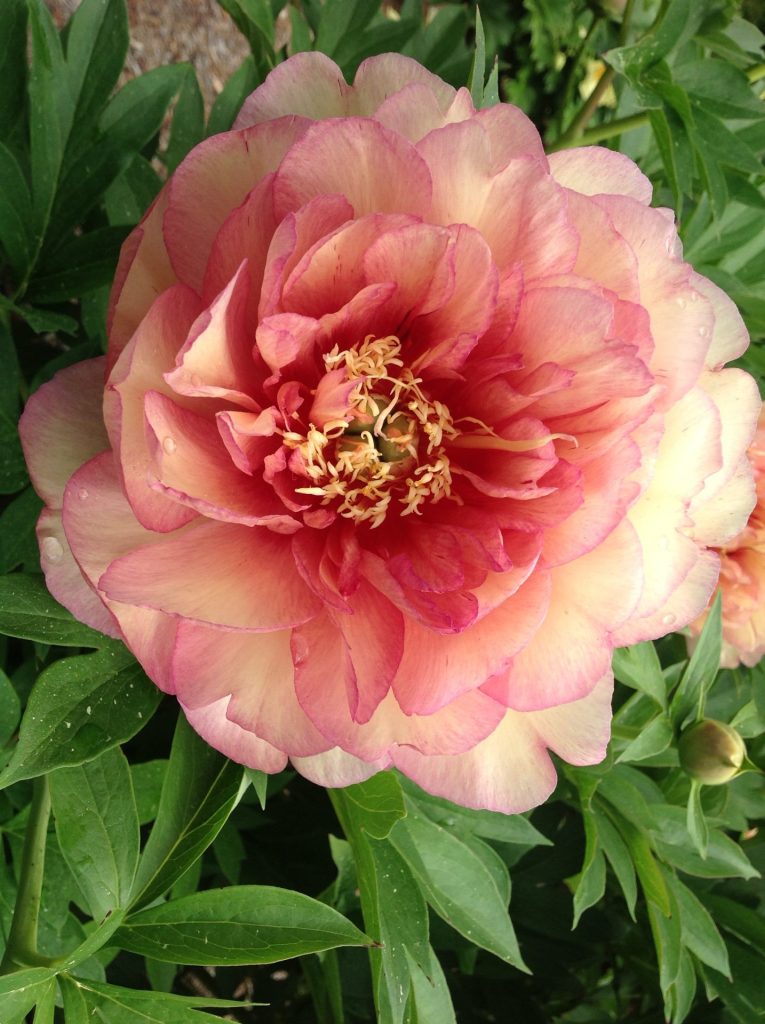
Paeonia Itoh Simply Scrumptious peony
Photo courtesy of Monrovia Nurse
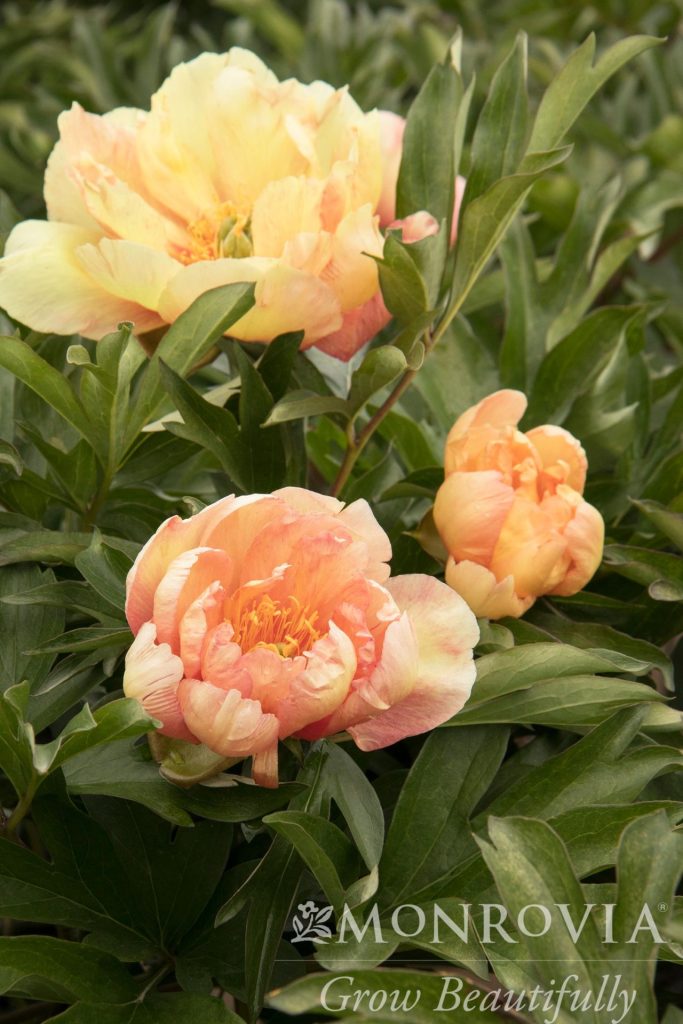
Paeonia Itoh Singing in the Rain
Photo courtesy of Monrovia Nurser

Paeonia Itoh Coral Louise
Photo courtesy of Monrovia Nursery
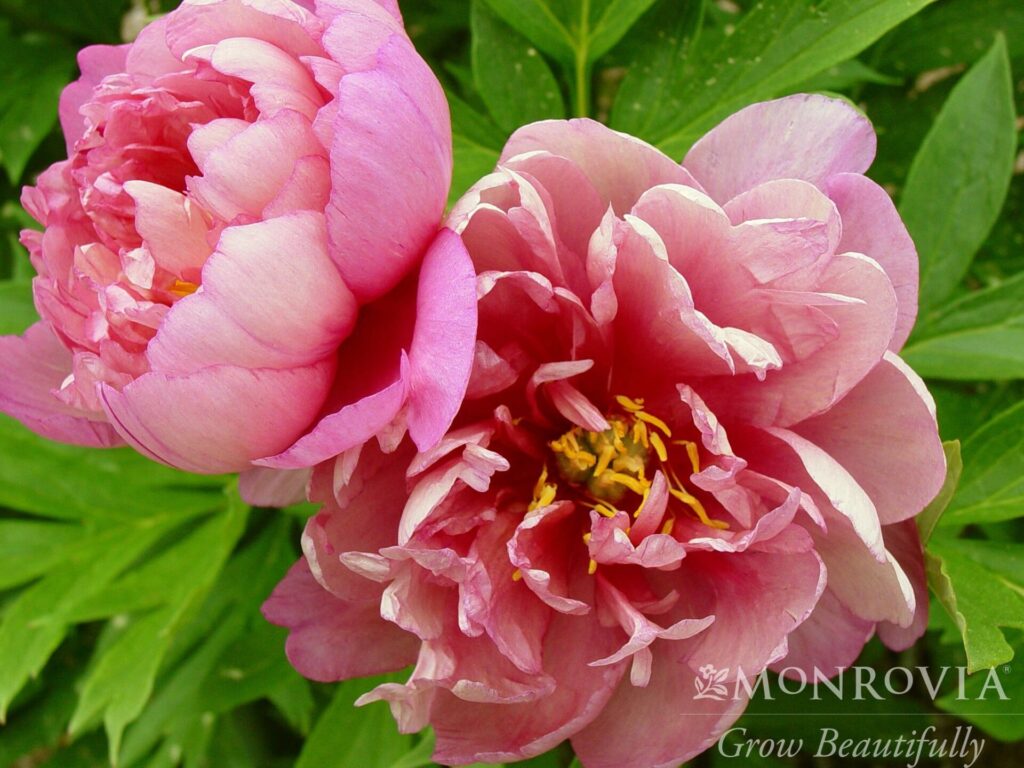
Itoh Keiko pink peony
Most gardeners hope their gardens will be a magnet for hummingbirds and butterflies. How fun it is to watch them flit around your colorful garden. Click on the link below and it will take you to Monrovia Nursery’s tips to achieve that garden. Just remember we are a Zone 4 with some plants doing ok in Zone 5a.
https://www.monrovia.com/be-inspired/garden-tips-and-plants-for-hummingbirds-and-birds.html
Is your garden ready for them by having plants that will be blooming to provide food for their arrival? It is SO important to feed these pollinators after their long journey as they are vital for producing crops and fruits along with the survival of plants. Click on the red link below and you can read about these early blooming plants.
How about some gorgeous spring blooming bushes? A couple that are outstanding due to their many blossoms are Rhododendrons and Azaleas. Azaleas do best with morning sun and afternoon shade. Their blooms are vibrant colors, i.e. oranges, yellows, pinks and reds, with a mild fragrance. Plant a couple of these together and they will be showstoppers.
Rhododendrons are an elegant spring blooming shrub. They will do ok in full sun but do nicely with afternoon shade. The common one is PJM, a soft purple/lavender. New varieties have sensational larger blossoms. Both of these shrubs come in various sizes. Click on the shrub name below to read more about it.
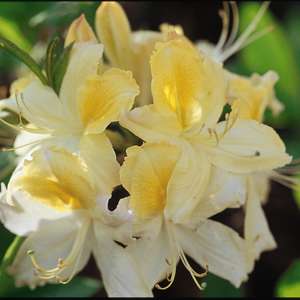
Northern Hi-Lights Azalea
Photo courtesy of Bailey Nursery
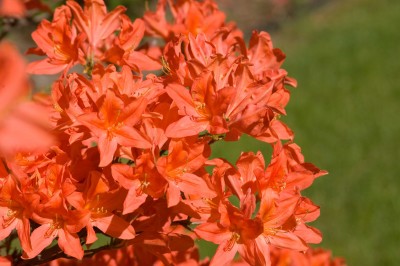
Azalea Mandarin Lights
Photo compliments of Baileys Nursery

PJM Rhododendron
Photo courtesy of Bailey Nurseries
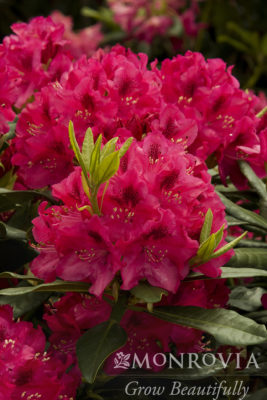
Nova Zembla Rhododendron
Photo courtesy of Monrovia
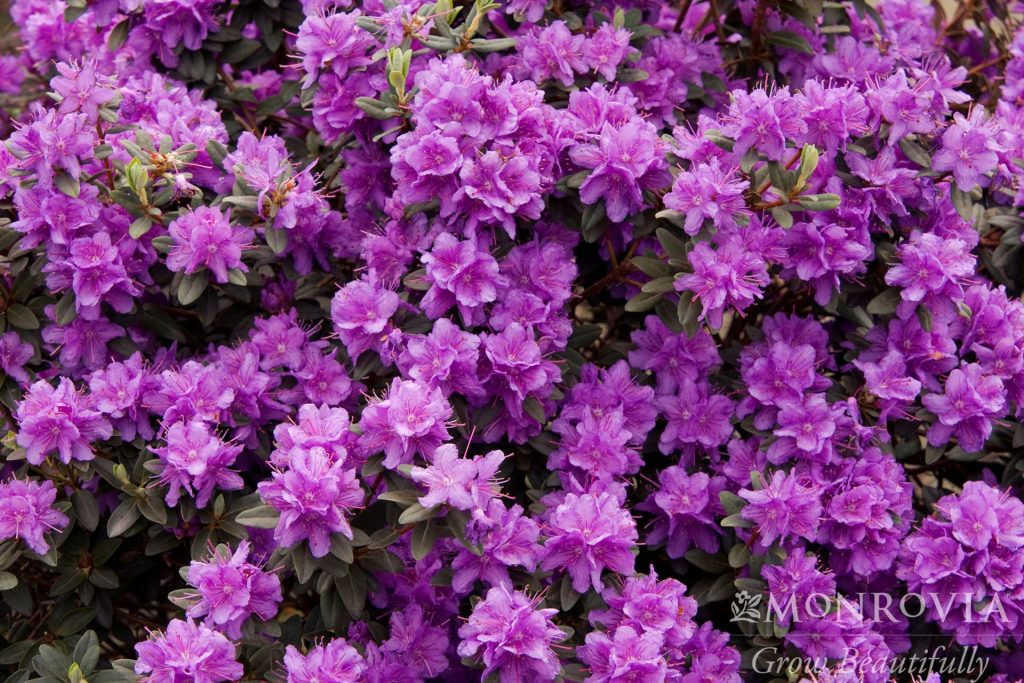
Rhododendron (Ramapo)
Photo courtesy of Monrovia Nursery
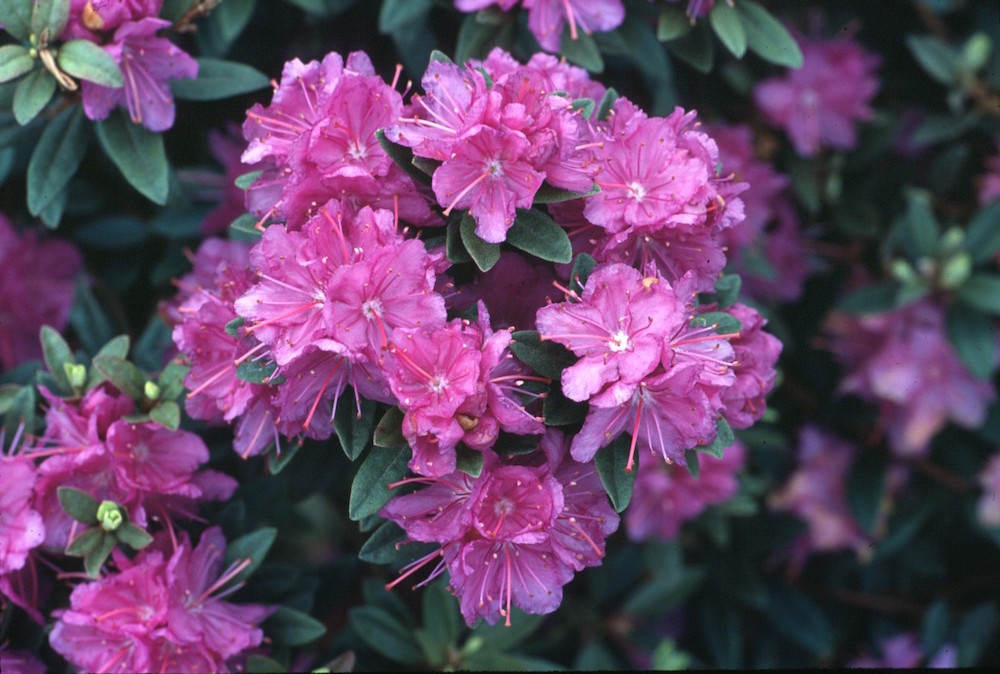
Purple Gem Rhododendron
Photo courtesy of Baileys Nursery
Witch hazel is a vase-like shrub that can grow to 15′ tall. However, with pruning you can keep it shorter and shaped. The spring and summer foliage is green. In fall the leaves turn to a stunning yellow/gold and apricot. Then in mid-October to mid-November (or later) the tree produces its spidery yellow spicy fragrant flowers. This particular witch hazel (common) needs cooler weather before it blooms, tolerating 20 degrees. Flowers are pollinated by flies, moths, bees, wind and also self-pollination. Even though the flowers were already pollinated in fall, fertilization of the ovaries doesn’t occur until spring when fruits (brown capsules containing seeds that develop over summer) are formed and then explode in early fall. The seeds are consumed by wild turkeys, northern bobwhites, jays, chickadees, woodpeckers, titmice, nuthatches and others. Interestingly, the forked stems of this plant has been used as “divining rods,” where the stems dip down when held over underground water. This plant is a real stand out winner in fall.
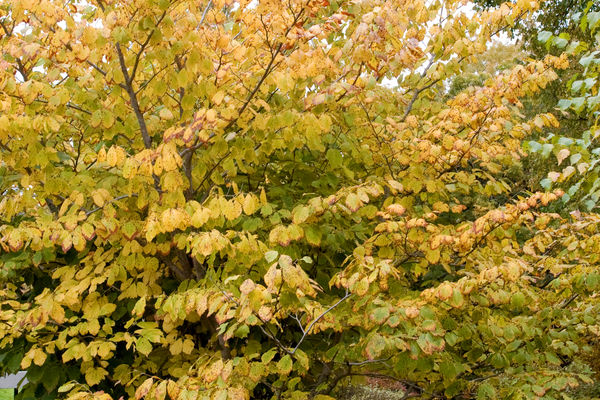
common witch hazel (Hamamelis virginiana)
Photo compliments of Bailey Nursery
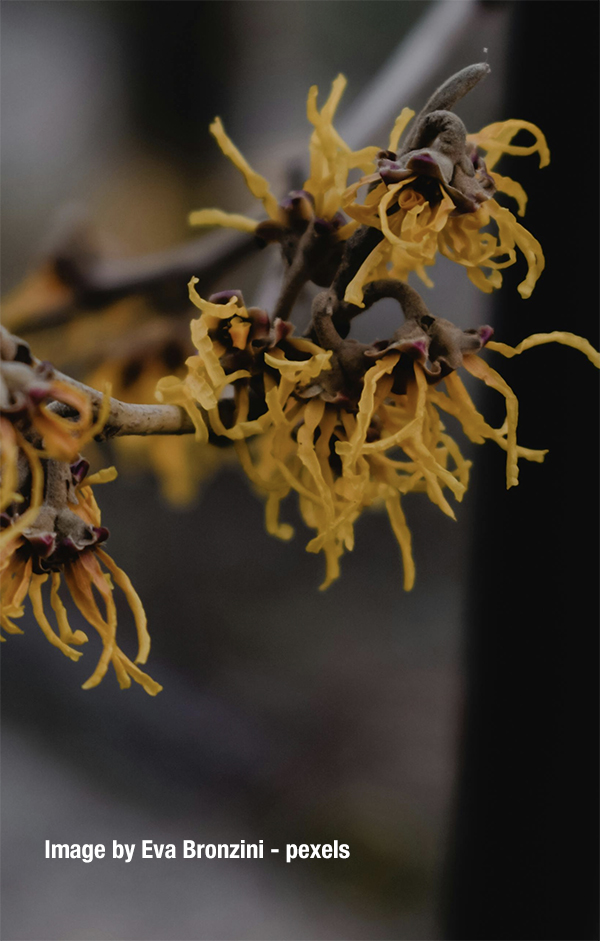
Witch Hazel flower
Photo by Eva Bronzini (pexels)
If you like to try new plants, we have some new ones we hope you like. They each have interesting characteristics.
Achillea (yarrow) Desert Eve Terracotta is an early blooming yarrow with big clusters of tiny rusty orange/yellow flowers. Butterflies are attracted to this plant.
Veronica Dark Blue has abundant, full spikes of violet-blue flowers that bloom continuously throughout summer. Attracts butterflies and bees.
Hosta Fantasy Island is a dwarf hosta for planting in front of the shade garden. There are only a few dwarf hostas so this is a welcome addition for our hosta gardeners.
See You Tomorrow daylily (hemerocallis) produces yellow clusters of blooms that last for FIVE days. Daylily blooms only last for one day, hence the name daylily.
Dianthus American Pie Berry a’la Mode has large pure white flowers with a magenta center on sturdy stems. Great cut flower. Very eye appealing
Click on the italics plant name below for more information:
Achillea Desert Eve Terracotta
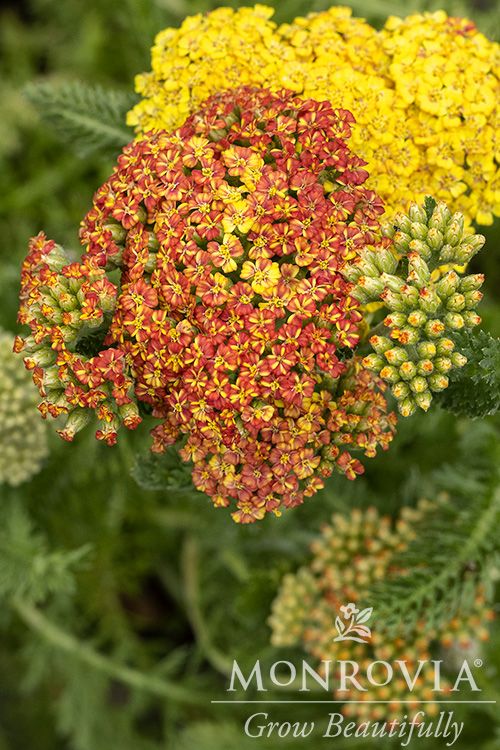
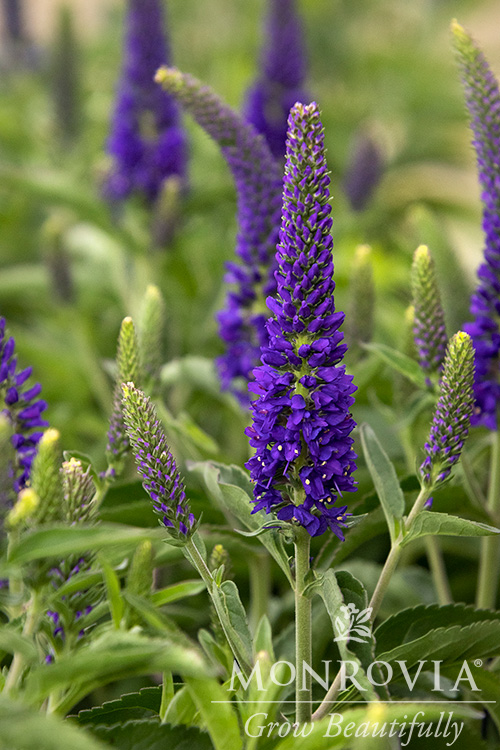
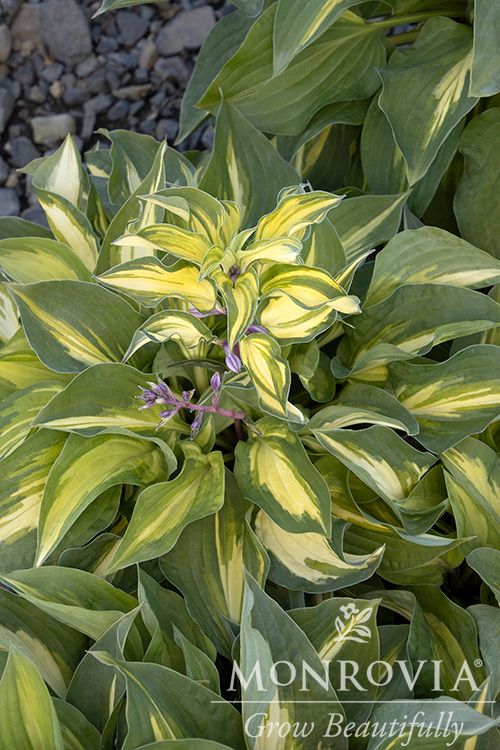
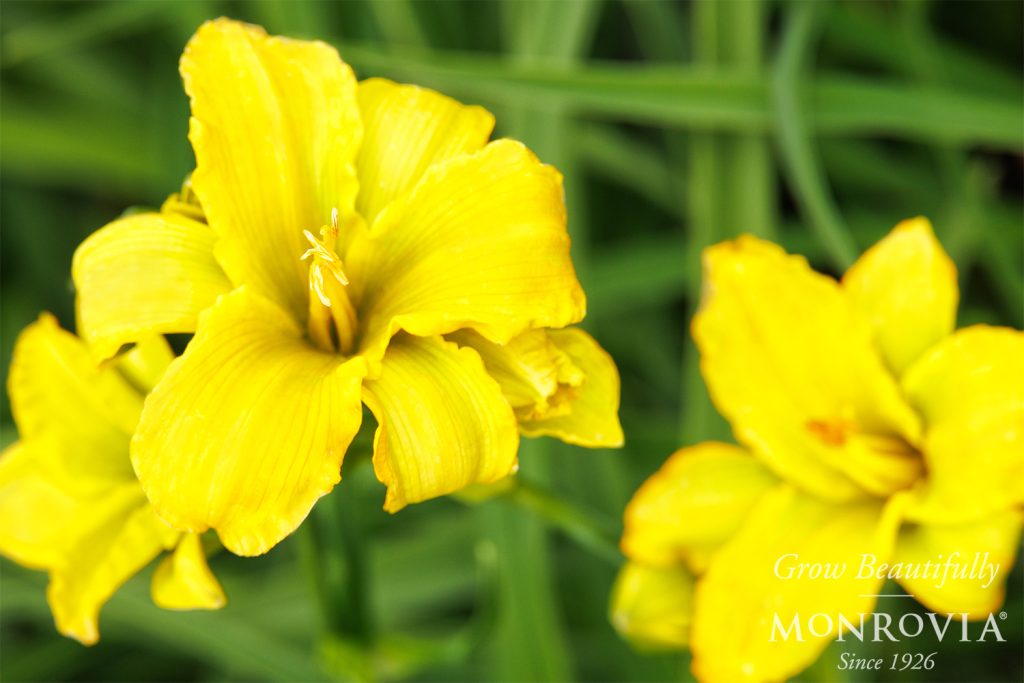
Dianthus American Pie Berry a’la Mode
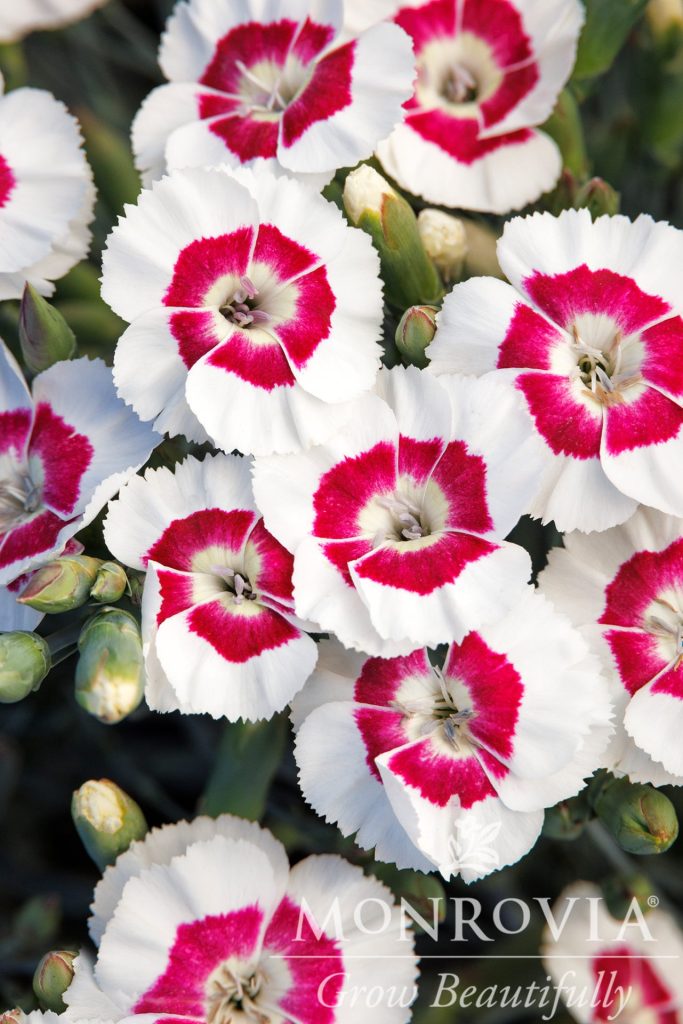
Since “Spring is in the Air” here are two new, exciting plants that we fell in love with and that hummingbirds and butterflies will love, too.
If you are a delphinium fan, you are going to love this new variety “Red Lark”. Instead of all the usual blue delphiniums, this one is coral red. It is gorgeous. Red Lark will grow to about 30″ tall.
Buddleia True Blue (butterfly bush) is another plant that will bloom from early summer to a frost. Butterflies, especially Monarchs, love butterfly bushes. The foliage is silver green and will grow to about a height of 6′ in one season. Most butterfly bushes will survive our winters but can be quite late emerging in spring.
To read more about these plants, click on the red links below.
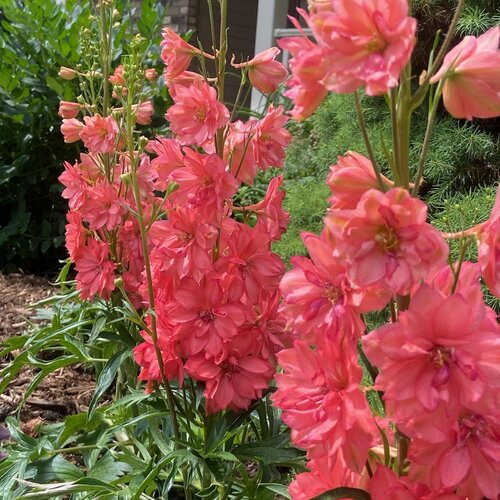
Delphinium Red Lark
Courtesy of Proven Winners – www.provenwinners.com
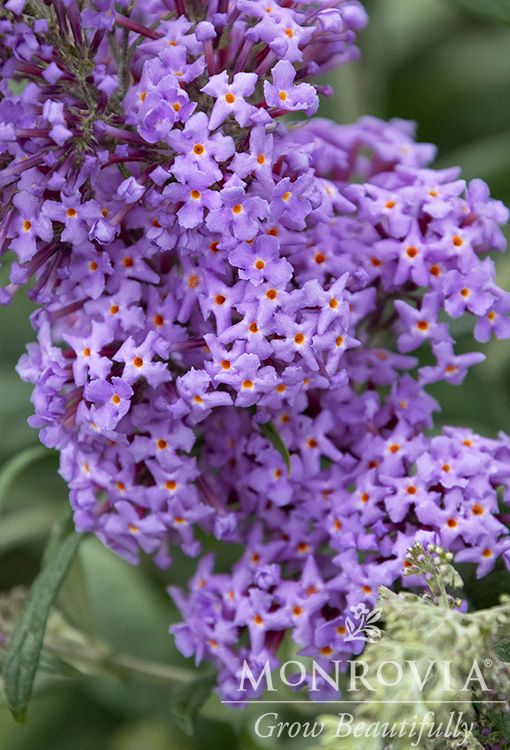
Buddleia True Blue
Photo cortesy of Monrovia Nursery
Winter is the time for gardeners to sit back, relax and dream about next year’s garden. Look through pinterest, garden books, the internet and get ideas for improving or changing your garden. This is a fun time to dream. Visit our website as we have so many photos and descriptions of most of the plants we carry. Remember, when dreaming, that sunlight or shade and soil type play a very important part of garden design. Have fun dreaming and see you in spring!
Are you looking for a new Christmas tradition? Maybe you have a difficult shopping list and don’t know where to turn. How about a gift that keeps on giving? How about the gift of a live Christmas Tree!
Live trees are a great option if you have limited space for the holiday season. Bring the tree in for the few days family is visiting and then return the tree outside to your patio or garage until spring. Once spring arrives, you can gather your family and friends and continue the tradition by adding a beautiful new tree to your landscape. The following holiday season you can even decorate the tree and have a festive yard with a lighted outdoor tree!
Stop at the garden center and ask our staff about the options for your new live Christmas tree today!
Oh my, oh my! How are everyone’s Sunbelievable Brown Eyed Girls from Monrovia doing? Ours at the garden center is still blooming and is loaded with buds! Check out the photos below!
Whether you are new to the Sunbelievable Brown Eyed Girls or are a seasoned veteran look no further for an annual that will stand the test of the season spring through fall.
Ideal for containers or in the ground, this blooming workhorse is known for its 1,000+ blooms per year and will grow to be about 3’x3’. Fertilized weekly it will perform even more than you expect!
The greatest gift of course are the beautiful HUGE yellow blooms that can be seen from down the street or from across the garden center! These flowers incorporated into bouquets or on their own brighten every space they occupy!